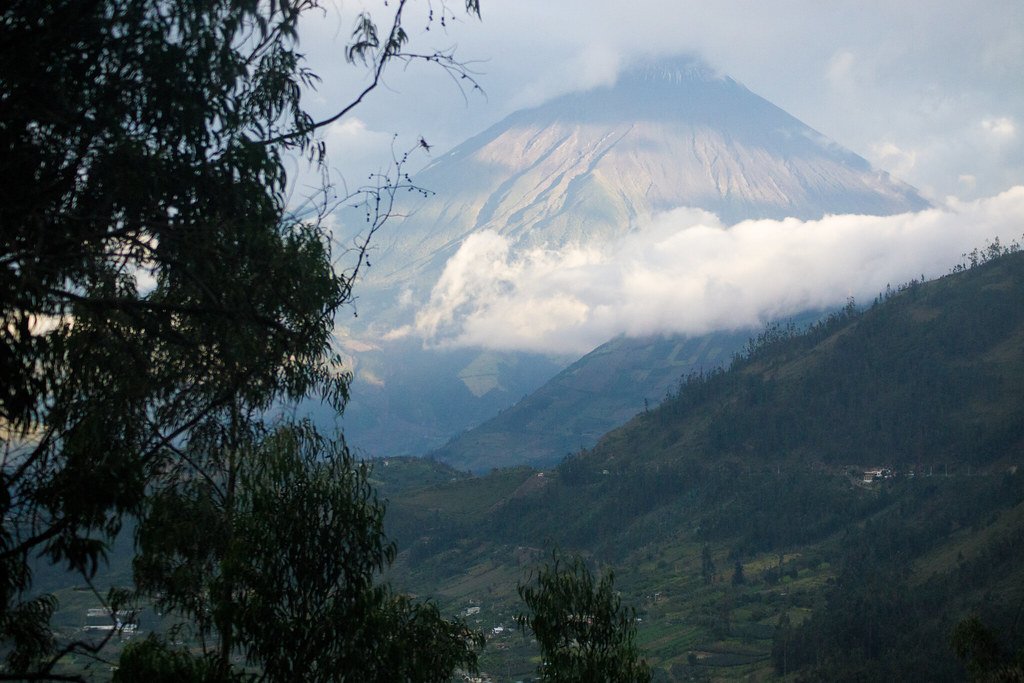Imagine standing where Toronto’s skyscrapers now rise, but instead of traffic and city lights, you hear the distant trumpeting of mammoths, feel icy winds whipping off a giant glacial lake, and see herds of colossal beasts roaming the wild tundra. Toronto’s past isn’t just old—it’s astonishing, dramatic, and buried beneath our feet. The city’s stone-and-steel present is built on a foundation shaped by roaring glaciers, mysterious ancient animals, and the powerful pulse of Earth’s climate. If you’ve ever wondered what secrets lie beneath Toronto’s urban noise, brace yourself for a journey into a lost world that shaped everything we know about this place today.
The Last Glacial Maximum: A Frozen Beginning
Around 20,000 years ago, Toronto didn’t even exist as a city—its land was locked under a mountain of ice up to two kilometers thick. This was the Last Glacial Maximum, a time when North America was gripped by a cold so intense it sculpted the land like a potter shapes clay. The Laurentide Ice Sheet, one of the largest in the world, covered most of Canada, including the spot where Toronto stands. The sheer weight of the ice pressed the earth downward, and the landscape was smoothed, scraped, and carved by the relentless force of moving glaciers. It’s hard to picture now, but every hill and valley around Toronto owes its shape to this ancient frozen world.
Mammoths on the Move: Toronto’s Prehistoric Giants
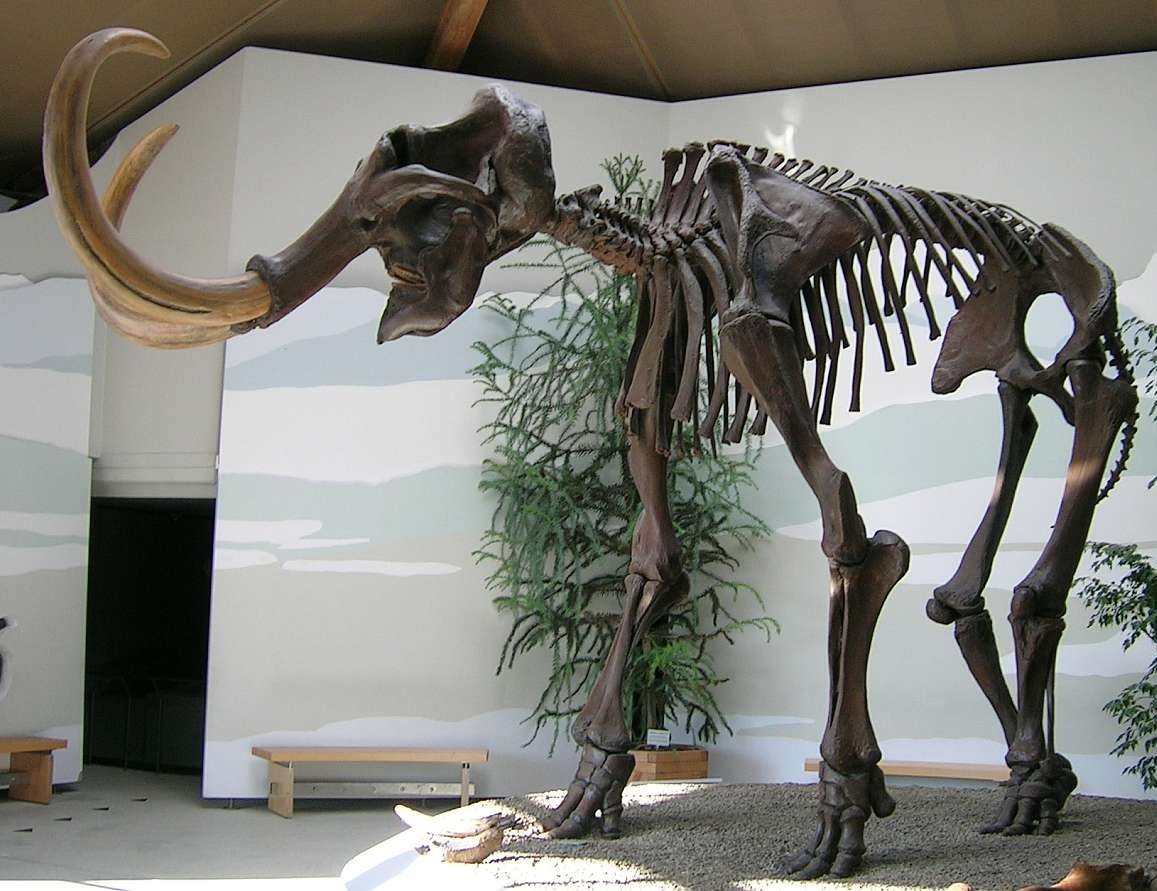
When the glaciers finally began to retreat, they revealed a land teeming with possibility—and some truly enormous animals. Woolly mammoths, with their shaggy coats and curved tusks, wandered across the freshly exposed plains. These gentle giants weighed up to six tons and were surprisingly well-adapted to the frigid, grassy steppe. Imagine spotting a herd of mammoths plodding past what’s now Queen Street! Their presence is remembered in the occasional fossil tusk or tooth unearthed in the Toronto area—a thrilling reminder that this city was once a real-life Ice Age safari.
Meet the Megafauna: More Than Just Mammoths
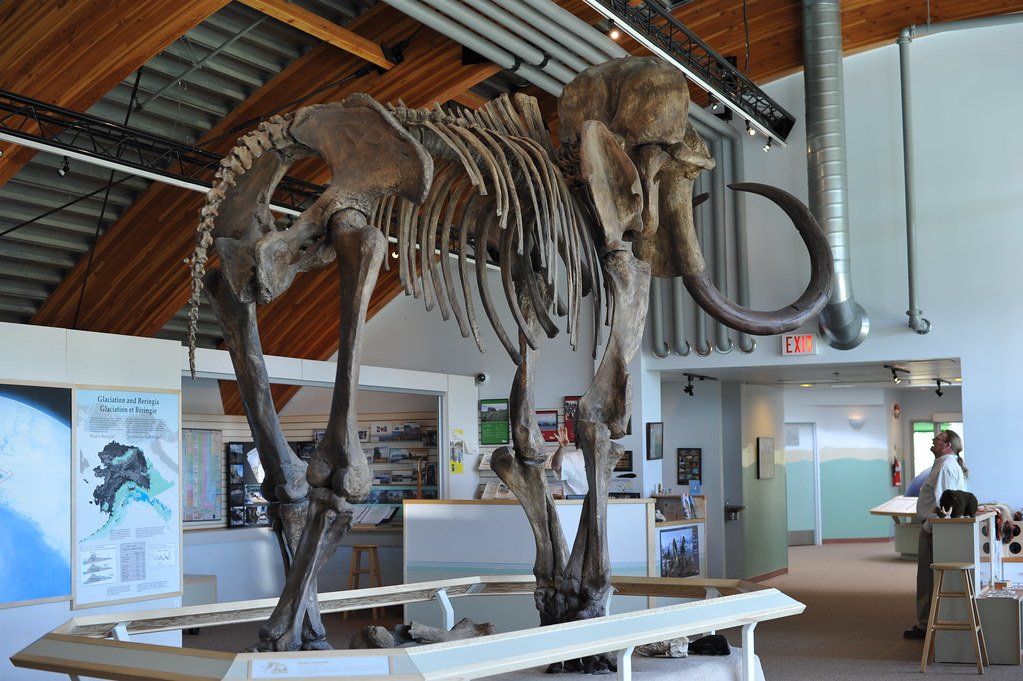
Mammoths weren’t the only celebrities of Toronto’s Ice Age past. The region was alive with other megafauna—large animals that now seem almost mythical. Mastodons, distant cousins of elephants, lived in the forests and swamps, munching on twigs and leaves. Giant beavers, as big as black bears, built enormous lodges along rivers. Saber-toothed cats, dire wolves, and even the formidable short-faced bear prowled the landscape. It’s a cast of characters worthy of a blockbuster movie, and each played a crucial role in the ancient ecosystem.
The Birth of Glacial Lake Iroquois

As the glaciers melted, their runoff created vast lakes in the lowlands. The most dramatic of these was Glacial Lake Iroquois, the ancestor of today’s Lake Ontario. This lake was much larger and deeper than the modern lake, with shorelines that reached far north into what is now Toronto. Imagine the city’s neighborhoods underwater, waves lapping at the base of the Scarborough Bluffs. The lake’s powerful currents and shifting icebergs shaped the clay and sand deposits that still define Toronto’s geology today.
The Bluffs: Toronto’s Towering Ice Age Remnants
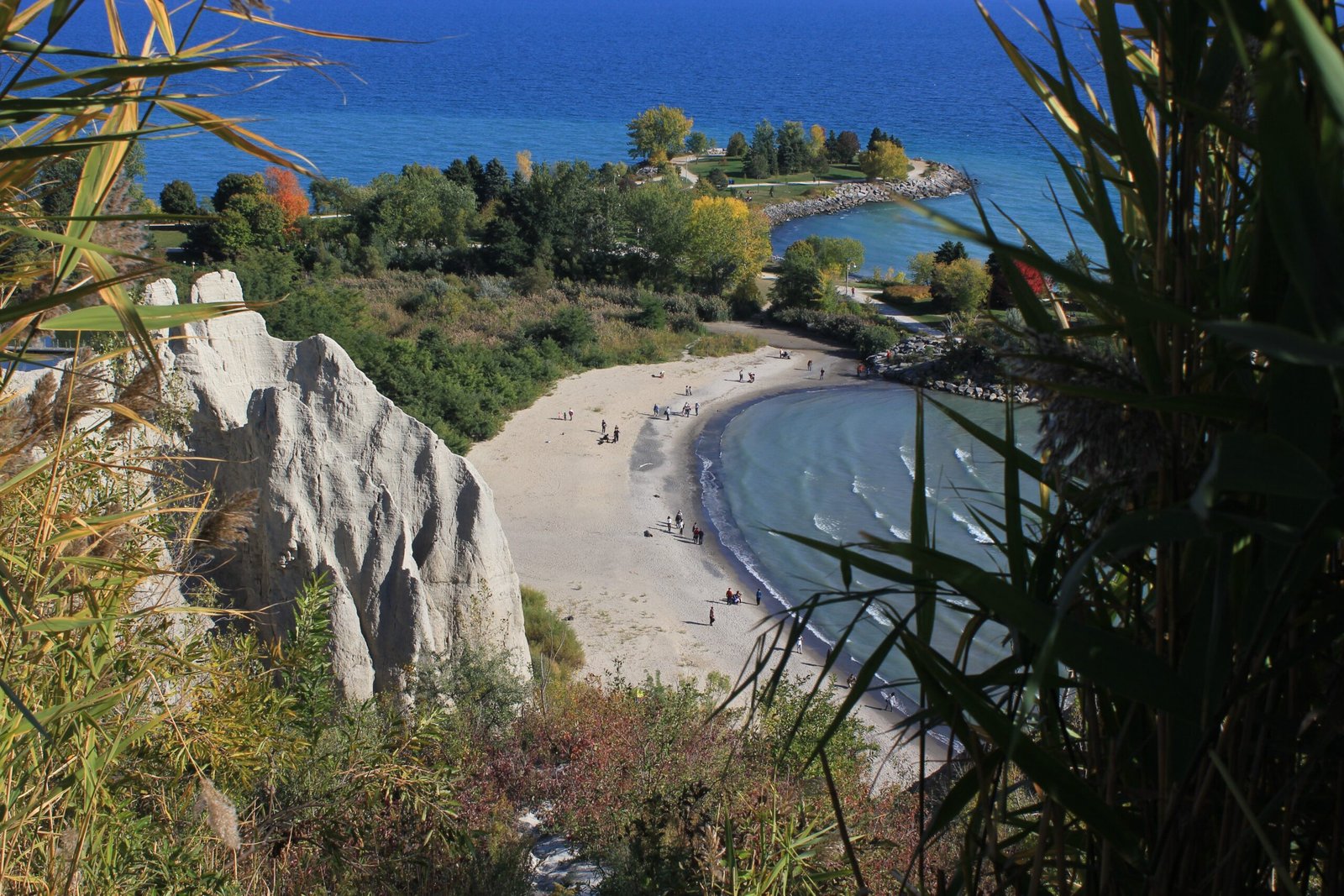
One of the most striking features left by the Ice Age is the Scarborough Bluffs. Rising up to 90 meters above the lakeshore, these cliffs were carved by the pounding waves of Glacial Lake Iroquois. Layers of sand, silt, and clay tell a story of ancient floods and changing climates. The Bluffs are more than just a scenic lookout—they’re a living timeline, revealing the drama of Toronto’s geological past. Every landslide or exposed layer is another page in the city’s Ice Age diary.
Ancient Rivers and Lost Valleys
Beneath Toronto’s streets run the ghosts of ancient rivers and valleys, carved by torrents of glacial meltwater. The Don, Humber, and Rouge rivers follow paths set during the Ice Age, winding through channels formed by rushing water. Some valleys are now hidden, buried beneath neighborhoods or filled by later sediments, but their shape still dictates where the land rises and falls. These hidden waterways are like veins connecting the present to a time when water, not people, ruled the land.
The Great Melt: Climate Change and Transformation
As the climate warmed, the ice sheets shrank and the world changed rapidly. The retreat of the glaciers unleashed enormous floods, transforming the landscape almost overnight. Animals migrated, plants recolonized the bare earth, and new ecosystems sprang up where there had once been only ice. The warming climate also set the stage for the arrival of the first humans in the region, who would leave their own marks on this evolving world. The story of Toronto’s Ice Age is, at its heart, a story of resilience and adaptation in the face of unimaginable change.
Early Human Arrival: Hunters in a New Land
It’s awe-inspiring to imagine the first people stepping onto Toronto’s newly revealed ground, following herds of mammoths and caribou. These Paleo-Indians were expert hunters, using stone-tipped spears to survive in a challenging environment. Archaeological finds—rare but tantalizing—suggest that humans were present in southern Ontario as early as 13,000 years ago. They would have witnessed immense herds, shifting lakes, and dramatic weather, adapting their lives to a land still shaking off its icy past.
Extinction of the Megafauna: A Vanishing World
Within a few thousand years, many of Toronto’s Ice Age giants vanished forever. The reasons are still debated—some blame rapid climate warming, others point to overhunting by humans, and many suggest a combination of both. The loss of mammoths, mastodons, and saber-toothed cats reshaped the ecosystem, paving the way for the forests and animals we know today. It’s a sobering reminder of how quickly even the most magnificent creatures can disappear, leaving only fossils and echoes in the earth.
Legacy in the Land: Glacial Erratics and Boulders
If you’ve ever stumbled across a massive, out-of-place boulder in a Toronto park, you’ve touched a piece of the Ice Age. These “glacial erratics” were carried for hundreds of kilometers by the moving ice, then dropped as the glaciers melted. Some are granite from the north, others are ancient limestone or quartzite. They’re like calling cards left by the glaciers—silent, mysterious, and utterly unique to this frozen chapter of Toronto’s history.
Hidden Fossils: Time Capsules Beneath the City
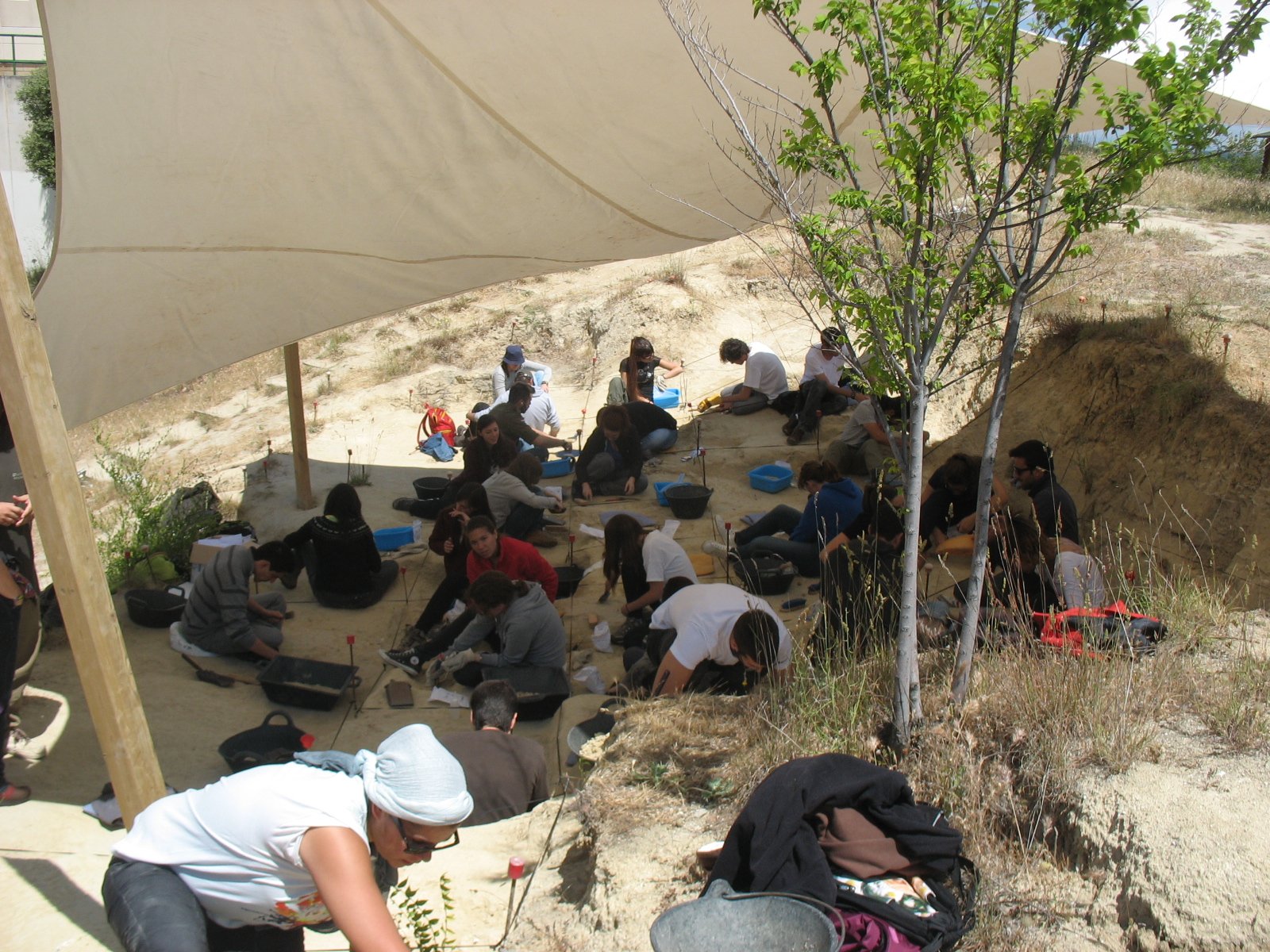
Deep below Toronto’s sidewalks and subways, ancient bones and plant remains are sometimes discovered during construction. These fossils are precious clues to the city’s lost worlds—a mammoth tooth here, a mastodon rib there. Each find is a time capsule, whispering secrets of creatures that once thundered across the land. Paleontologists treat these discoveries with reverence, piecing together the puzzle of Toronto’s prehistoric ecosystem, one fragment at a time.
Soil and Sediment: The Ice Age’s Lasting Imprint
The soils that nourish Toronto’s gardens and forests were shaped by the grinding, pulverizing action of glaciers. Clay, sand, and gravel were deposited in thick layers, creating the fertile ground that supports today’s trees and crops. Some neighborhoods sit on deep, rich loam; others on rocky, thin soil. These patterns are a direct legacy of the Ice Age, and they still influence everything from where trees grow best to how water drains after a storm.
Lake Ontario’s Transformation: From Iroquois to Modern Day

Glacial Lake Iroquois was vast, but as the ice retreated farther north, its waters drained away, shrinking to form present-day Lake Ontario. The process was gradual but dramatic, altering shorelines, exposing new land, and creating the familiar contours of Toronto’s waterfront. Today, the old lakebed stretches far inland, and ancient beaches can be found miles from the current shoreline. Every time you walk along the waterfront or picnic in High Park, you’re treading on ground sculpted by this watery Ice Age legacy.
Wildlife Today: Echoes of the Past

While mammoths and mastodons are gone, Toronto’s wild spaces still echo with their ancient influence. Deer, coyotes, foxes, and raccoons roam the ravines, following paths that may have been trodden by Ice Age giants. Native plants, adapted to glacial soils and climates, thrive in parks and conservation areas. Even the city’s famous cherry blossoms, while not native, bloom in a landscape shaped by the same forces that once nurtured wild tundra flowers.
Scarborough Bluffs: A Living Laboratory
The Scarborough Bluffs are more than a scenic wonder—they’re a scientific treasure trove. Every year, erosion exposes new layers of sediment, revealing ancient plant material, shells, and even occasional animal bones. Geologists and students flock to the cliffs to study the Ice Age up close, reading the story of climate change, glacial movement, and lake formation written in the earth itself. It’s a place where time stands still and the distant past feels just a hand’s reach away.
Toronto’s Lost Islands and Submerged Landscapes
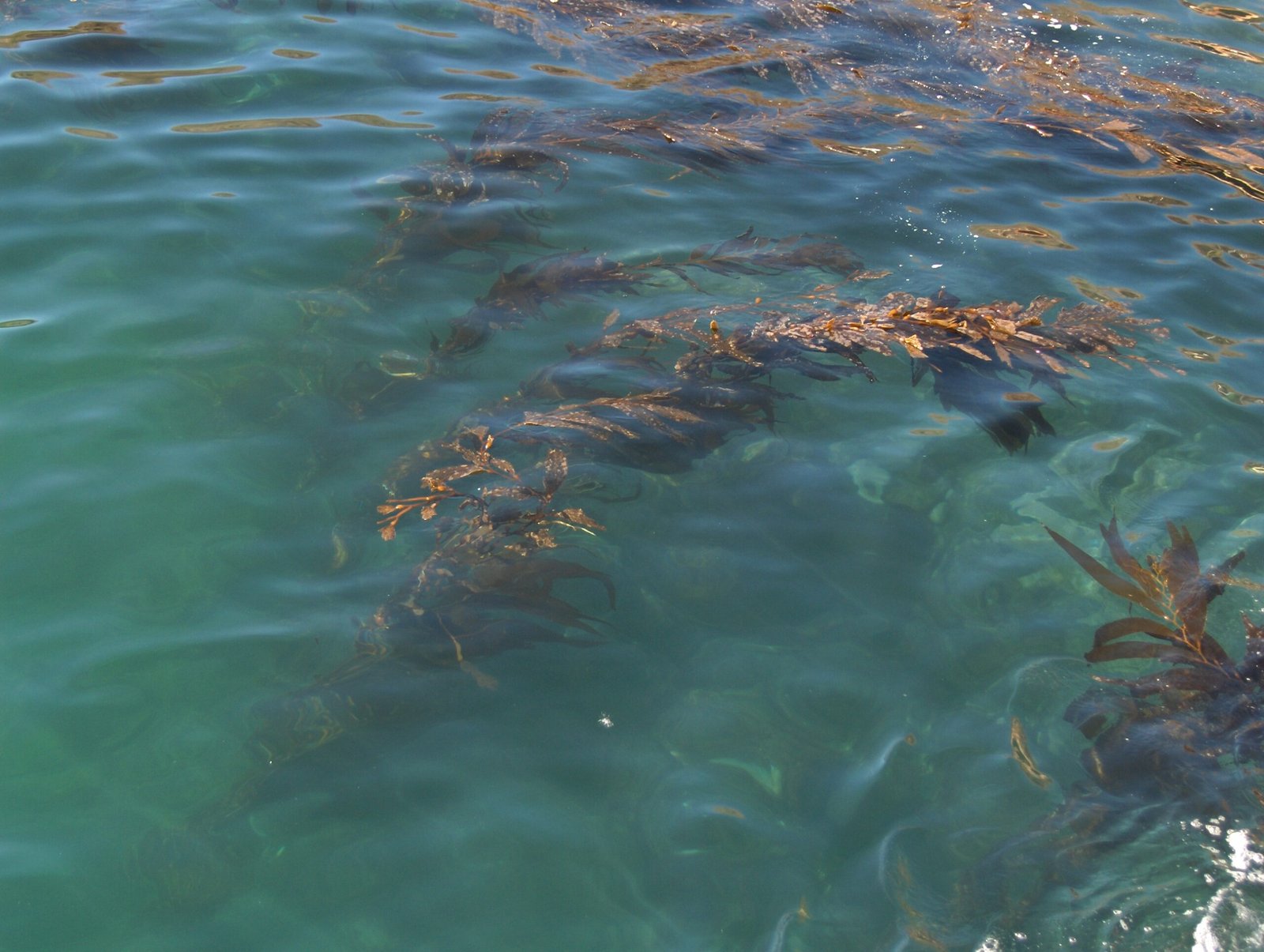
Beneath the calm waters of Lake Ontario lie the remains of ancient forests, valleys, and even islands once exposed during lower lake levels. Divers have discovered tree stumps and peat deposits far from the modern shore, evidence of landscapes hidden by rising waters. These underwater relics are like ghosts of the Ice Age, hinting at how dramatically the land has changed—and how much remains to be discovered beneath the surface.
Urban Development Meets Prehistory
As Toronto grows, its prehistoric past often comes to light in surprising ways. Construction crews digging deep foundations have unearthed mastodon bones, ancient shells, and glacial sediments. Each discovery is both a challenge and an opportunity, forcing us to balance progress with preservation. The city’s rapid development is a reminder that we’re always building on layers of history, and that every shovel of earth can reveal a new chapter in Toronto’s ancient story.
Connecting to the Past: Museums and Community Initiatives
Toronto’s museums, like the Royal Ontario Museum, showcase the city’s Ice Age treasures in dazzling displays. Fossils, bones, and reconstructed skeletons bring the prehistoric world to life for visitors of all ages. Community initiatives, from guided walks along the Bluffs to educational programs in schools, help residents connect with their city’s deep past. It’s not just about looking back—it’s about inspiring curiosity, stewardship, and a sense of wonder in the next generation.
Why Toronto’s Ice Age Legacy Still Matters
Understanding Toronto’s Ice Age history isn’t just an academic exercise—it shapes everything from where we build to how we conserve nature. The city’s unique geology influences flooding, construction, and even the taste of its tap water. The legacy of vanished megafauna inspires artists, scientists, and storytellers alike. In a rapidly changing world, remembering Toronto’s dramatic origins reminds us of our place in the long, powerful story of Earth and the resilience that pulses through every grain of its soil.
The Future: Learning from the Past

The story of Toronto’s Ice Age is still being written, as new discoveries and research continue to reshape our understanding. The lessons of resilience, adaptation, and change are more relevant than ever as we face our own environmental challenges. By studying the city’s ancient past, we find clues for surviving and thriving in a changing world. What secrets will the next shovel, storm, or scientific breakthrough reveal beneath Toronto’s busy streets?


